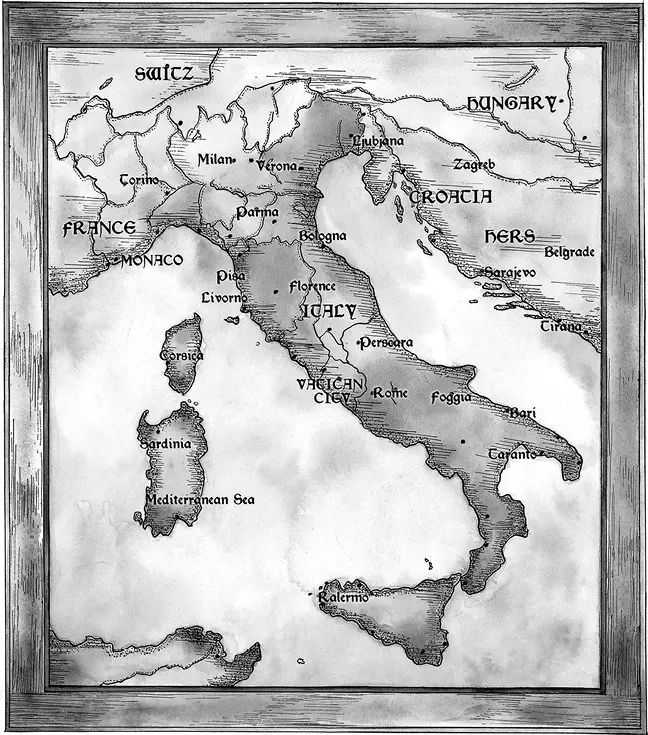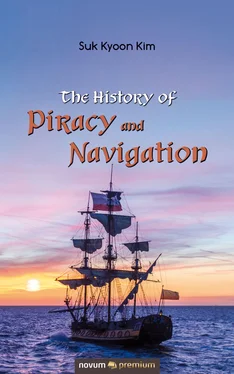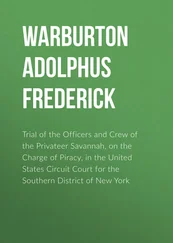Popes in the Vanguard of Combating
Saracen Pirates
Medieval popes in the Dark Ages, regarded as an agent of God on earth, were considered the sole and perfect guardian for Christians. Because the security of Rome was threatened, popes like Leo IV, were directly engaged in military campaigns to combat pirates in the name of safeguarding Christianity. Pope John X, for instance, commanded troops to fight Saracen pirates in southern Italy. He had first formed an alliance with Emperor Constantinus IV of the Byzantine Empire and King Berengar of Italy. Then he recruited volunteers in the name of a holy war against Islam. A large number of people volunteered at the news that the pope was directly recruiting soldiers and would command them to fight pirates. The pope believed that naval forces were likely to be a key to recovering the Garigliano River in central Italy, which was used as a base for Saracen pirate ships. As such, he called for maritime republics such as Naples, Amalfi and Gaeta to join in the holy war.
In 916, Pope John X undertook an expedition to recover the Garigliano from the rule of pirates. The pope commanded the troops during a three-month-long series of battles with the marauders. Literally, he was ‘a pope with a sword in his hand.’ The battles ended with the victory of the Christian forces. In a sense, this was the ‘Maritime Crusades’ to combat Saracen pirates. The first of the actual crusades took place in 1096, about 200 years later, under the slogan of ‘God Wills It.’ “It” meant the recovery of the Holy Land from Muslim rule. The campaign for the recovery of the Garigliano might be viewed as the beginning of the crusades, given that the Christians gathered in the name of a holy war to recover territory from the Muslim occupation. Pope John X made a great contribution to combating pirates, but his career was unfortunate. He was ousted by Roman nobles and sent to prison, where he was smothered.
Afterwards, Saracen pirates disappeared everywhere from the Garigliano to the Tyrrhenian Sea, ranging from central to southern Italy. However, it did not necessarily mean that the Saracen pirates completely ceased piracy. For internal reasons, they suspended it for a while. Peace was short-lived, however. Christians were under the illusion that the problem had been settled by the victory in the battle. Thus, they were not concerned with preparations for renewed attacks from pirates. They had even made an agreement that they would pay 22,000 pieces of gold annually to the pirates on the condition that they would not attack their merchant ships. Being overconfident in their victory, they relaxed their vigilance.
Maritime Republics’ Efforts
to Combat Pirates
Saracen pirates sailed across the Mediterranean using seasonal winds in the summer. In this way, they could easily reach Provence in southern France, the coast of Liguria in northern Italy, the coast of Tosca in central Italy and the southern coast of Italy, depending on their departure points on the coast of North Africa. Summer was a fearful season for Italians. The coastal residents had undergone enormous loss of life and damage to properties from Saracen pirate attacks between the 8th and 10th centuries.
Maritime republics such as Genoa, Pisa, Naples, Amalfi and Venice prospered after the fall of the Western Roman Empire. They were small coastal city-states, typically with populations of less than 100,000 – Genoa and Pisa had less than 50,000. They had no choice but to engage in sea-faring for livelihood because of the shortage of farmland in their territories. These republics, which lived on sea-borne trade, had naval fleets to protect their merchant fleets and homeland from attack by sea. During the period of the crusades, Genoa, Pisa and Venice had built up relatively large fleets composed of 100 to 200 warships. In fact, they were a significant driving force that had sustained the crusades. Interestingly, the more closely a republic was located to North Africa, the earlier it developed into a powerful maritime republic. This is likely because they had to build up their ocean-going capabilities to help fend off pirate attacks.
Since Venice was located far up the coast of the Adriatic Sea, it was harder for Saracen pirates to access than other republics. For that reason, the development of Venice into a maritime state came later than others. Venice was founded by Romans who had escaped from the aggression of Huns that had invaded in 452. Seeing that they had nowhere else to flee when they arrived on the northeast coast, the escapees desperately built a city in a swamp. It was Venice, nicknamed the ‘City of Water.’

Maritime Republics
Chapter 4
The Vikings
The Emergence of Vikings
While Saracen pirates were rampant across the Mediterranean, Vikings were terrorizing England and the northern coasts of Europe. In terms of the etymology of ‘Viking,’ various theories have been put forward. A leading theory is that the word means ‘a person from a valley river.’ Presumably, this word was derived from the unique Scandinavian geography, specifically the formations known as ‘fjords’ – long, narrow inlets with steep sides or cliffs, created by glacial erosion. Over 800 years, the word Viking has been used to indicate the Scandinavians both at home and abroad who had lived in Sweden, Norway and Denmark throughout the era of aggression, trade and colonial activity.
Originally, the Vikings had been ordinary people actively engaged in trade. By the first century, they had traded with Romans, and by the fifth century, they invited foreign merchants to thriving Scandinavian commerce cities and were actively engaged in trade with them. While trading with foreign countries, the Vikings observed the wealth of their trading partners and dreamed of taking it by force. The Vikings first ruthlessly looted monasteries in England and on other European coasts, and they killed or enslaved monks. Afterward, the Vikings developed a reputation as brutal, bloodthirsty predators.
One might be curious about what made the Vikings turn to piracy instead of continuing normal trade. Amongst various factors, the infertile natural environment of Scandinavia is usually considered the most salient. Other than fishing and hunting, the cold weather and barren soil of Northern Europe made the Vikings struggle for their livelihood. The population had constantly increased, and farmlands were insufficient to support it. Under these circumstances, they took to the sea. Because of the Viking tradition that the first son was to inherit the entirety of the family’s wealth, younger siblings had no choice but to engage in trade or plunder at sea. Additionally, political instability served as a driving force. In the late ninth century, King Harald of Norway, who had unified small kingdoms throughout Scandinavia, intended to get rid of the rulers of provinces. These provincial lords escaped to foreign countries with their people. But above all, it is believed that the Vikings had a natural drive to explore, along with fearlessness in sea-faring, and a toughness of spirit derived from their harsh natural environment.
Vikings
Outstanding Navigational Skills
Outstanding navigational skills of the Vikings made them the masters of the sea. The Vikings sailed inshore, using geography and natural features as landmarks to guide their navigation. They relied on primitive positioning equipment, but principally located their position at sea using the position of the sun and stars, the direction of winds, the shape of waves, the color and temperature of water, and the existence of sea birds and sea mammals.
Читать дальше













